Resources
About Us
Bakery Premixes Market by Type (Complete Mix, Dough Concentrate, Dough Base); Category (Conventional, Gluten-free); Application (Bread Products, Cakes & Pastries, Pancakes, Muffins, Biscuits & Cookies, Other Bakery Products) - Global Forecasts to 2029
Report ID: MRFB - 104702 Pages: 200 Nov-2022 Formats*: PDF Category: Food and Beverages Delivery: 24 to 72 Hours Download Free Sample ReportThe Bakery Premixes Market is projected to reach $547.8 million by 2029, at a CAGR of 6.7% from 2022 to 2029. The growing consumer demand for bakery products, the convenience of using multiple ingredients in a single product, increasing demand for fortified food products, and increasing urbanization and inclination towards convenience foods are the key factors driving the growth of the bakery premixes market. However, an increase in the number of health-conscious consumers and high costs of bakery premixes products are expected to hinder the growth of this market to a notable extent.
Furthermore, emerging economies are expected to provide significant growth opportunities for the manufacturers of bakery premixes in the coming years.
The Impact of COVID-19 on the Bakery Premixes Market
The COVID-19 pandemic has severely affected human health and well-being. To control the spread of the virus, governments worldwide announced partial or complete lockdowns, which severely impacted many industries, including food & beverage, pharmaceuticals, home & personal care, and dietary supplements. However, the pandemic had a positive impact on the baking premixes market.
The COVID-19 outbreak created a severe public health emergency globally, spreading rapidly in more than 150 countries. Many countries worldwide announced complete nationwide, state-wide, or citywide lockdowns to combat and control the spread of the virus, halting all travel, transport, manufacturing, educational institutions, and non-essential trade, significantly impacting many industries globally.
The pandemic led to the adoption of some best-practice models for the bakery premixes industry as it conveyed to the forefront the importance of hygienic and shelf-stable packaged foods in preventing the disease. This industry has faced unprecedented demand from manufacturers, retailers, and consumers, particularly for products such as bread premixes and bakery premixes, such as pizzas and cakes, from the storage and distribution point of view. Many companies in the bakery industry changed their strategies, witnessing sudden growth in demand. According to the World Bank, women's overall global labor force was 47% in 2019. In 2019, the employment rate for women in the U.S. was 46% and in China was 44%, while in 2021, the women's labor force increased to 46.3% in the U.S. and 44.5% in China, showcasing an increase in the working women population. This led to the high demand for packaged bakery premixes as it saved maximum cooking time.
Furthermore, school and office closures have compelled consumers to opt for at-home breakfast, coffee, and lunch, which has driven a significant increase in the demand for convenience, ready-to-cook, and ready-to-bake bakery products with longer shelf lives, such as bread, rolls, and buns. Additionally, due to restrictions, no fast food products were available in the market, and the closure of all restaurants made people cook at home. Likewise, the more indulgent bakery items, such as pastries, doughnuts, and bakery snacks, also witnessed increased demand.
With the increasing urbanization, the demand for convenience food products is increasing rapidly, mainly due to changing lifestyles, the rising number of nuclear families, an increasing proportion of working women, and less time for food preparation. These factors create a strong case for the accelerated growth of the bakery premixes market, as bakery premixes are easily portable and have a long shelf life, which led to the high consumption of bakery premixes during the pandemic.
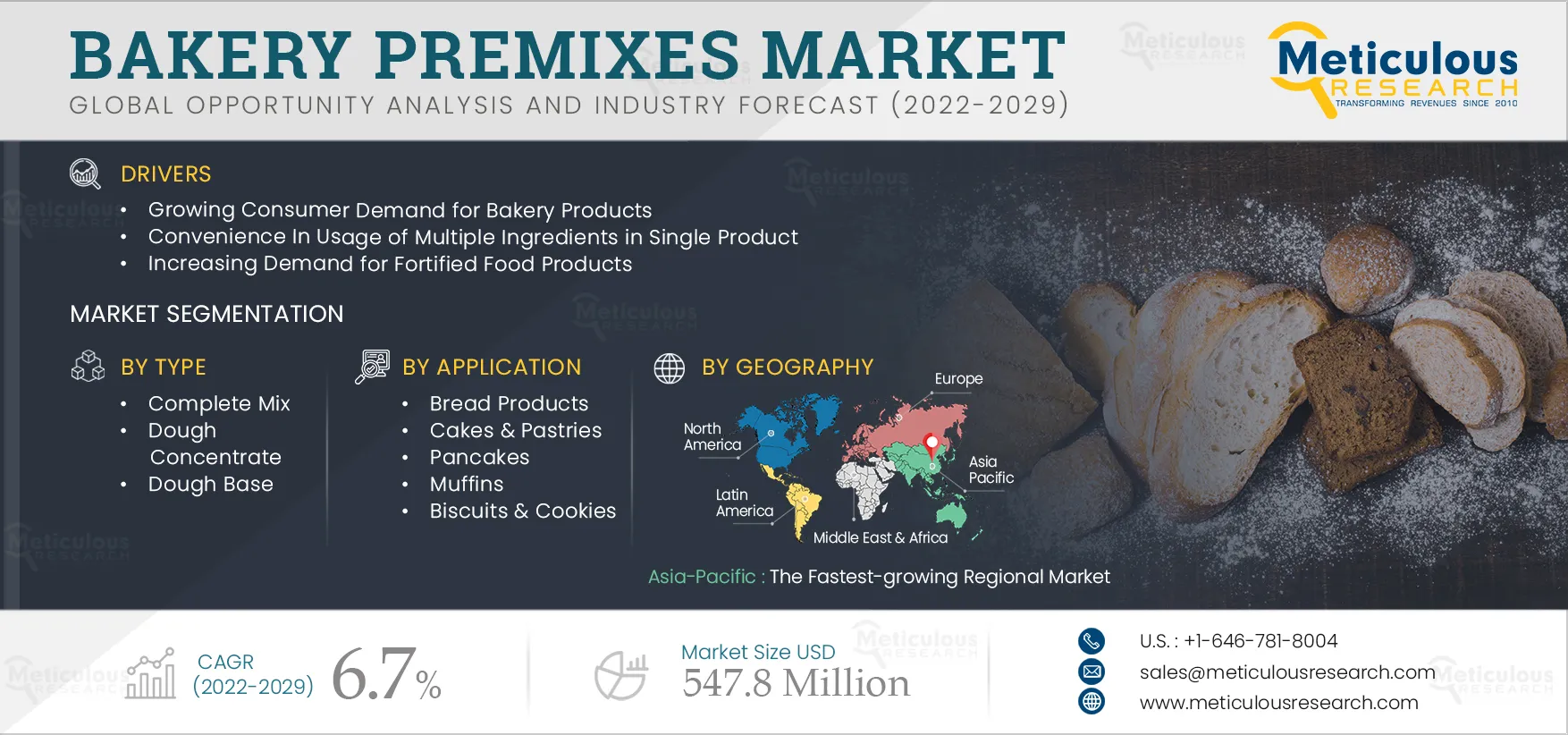
Click here to: Get Free Sample Copy of this report
Increasing demand for fortified food products
In recent years, the rise of fortified foods and dietary supplements has played a key role in healthy habits due to the growing concerns about health and the perception that diet directly affects health. The global demand for fortified food is mainly driven by increasing consumer awareness regarding micronutrient deficiencies, growing health concerns, rising incidence of disease, and increasing disposable income. Bread and bakery products fortification with iron, folic acid, and other vitamins help overcome micronutrients and malnutrition issues among children.
According to an NIH-funded study, a healthy eating diet is directly proportional to overall health improvement and reduces heart disease, stroke, and type 2 diabetes. A healthy eating trend is gaining traction and evoking interest, significantly driving healthful food formulation. Fortified bakery premixes are emerging due to their properties and health benefits. It is used to deal with or overcome the deficiencies in which different micronutrients are incorporated into food products for health benefits. Nowadays, folic acid deficiencies are seen less in females. Folic acid is added to bread premixes to overcome deficiencies.
The U.K. is one of the 85 countries globally with mandatory wheat flour fortification. According to Food Fortification Initiative (FFI), Switzerland has 250 food products fortified voluntarily with folic acid. Adding vitamins and minerals to food is permitted in the European Union through regulation 1925/2006. While the current Europe market for food fortification premix is being driven by the increase in the demand for nutritionally enriched food, it is also being aided by the mandatory fortification of wheat in European countries like the U.K. and Ireland.
Furthermore, in response to the COVID-19 pandemic, consumers are increasingly demanding products that offer immunity-boosting benefits as a preventive measure. The fortified food industry is seeing a rapid surge in demand for products containing immune-boosting natural ingredients. For instance, according to the International Food Information Council’s (IFIC) 2020 Food and Health Survey, in 2020, 43% of people followed a specific diet, with an increase of 38% from 2019, followed by a 7% low-carb diet. The motivation for healthy diets is weight loss (47%), enhanced physical health (39%), prevention from future health concerns (37%), and preventing weight gain (36%).
Thus, rising demand for fortified food products is expected to boost the growth of the fortified bakery premixes market.
Key Findings in the Bakery Premixes Market Study:
The complete mix segment is projected to record the fastest growth rate during the forecast period
Based on type, the bakery premixes market is segmented into complete mix, dough concentrate, and dough base. The complete mix segment is projected to register the highest CAGR during the forecast period. Complete bakery premixes eliminate the need for extra ingredients and require less preparation time. These factors are attributed to the fast growth rate of this segment.
In 2022, the conventional premixes segment is expected to account for the largest share of the market
Based on category, the bakery premixes market is segmented into conventional and gluten-free bakery premixes. In 2022, the conventional bakery premixes segment is expected to account for the largest share of the bakery premixes market. Key factors contributing to the dominant position of this segment are the easy availability and the common use of conventional premixes in bread products.
In 2022, the bread segment is expected to account for the largest share of the bakery premixes market
Based on application, the baking premixes market is segmented into bread products, cakes & pastries, pancakes, muffins, biscuits & cookies, and other bakery products. In 2022, the bread products segment is expected to account for the largest share of the bakery premixes market. Key factors contributing to this segment’s major share include the rising bread consumption across the globe, growing preference for fast food, changing lifestyles, and increasing consumer preference for healthy claimed bread products, such as fortified, organic, whole grain, and gluten-free. In addition, bread is a staple food in many countries and is experiencing high demand from developing regions such as Asia-Pacific and the Middle East & Africa.
Asia-Pacific: The Fastest-Growing Regional Market
The bakery premixes market is divided into five regions: North America, Europe, Asia-Pacific, Latin America, and the Middle East & Africa. In 2022, Europe is expected to account for the largest share of the bakery premixes market. Huge demand for bakery products in this region due to bakery products being their staple food for many decades, the region’s well-established food industry, rising preference for innovative food products, growing demand for gluten-free food products, and the presence of many key players in this region are the factors attributed to the large share of this market. However, the Asia-Pacific region is projected to register the highest CAGR during the forecast period.
Key Players
The report includes a competitive landscape based on an extensive assessment of the key strategic developments by leading market participants in the industry over the past four years. Some of the key players operating in the baking premixes market are Nestlé S.A (Switzerland), Puratos Group (Belgium), Bakels Group (Amsterdam), Cargill, Incorporated (U.S.), Oy Karl Fazer Ab (Finland), General Mills, Inc. (U.S.), Grupo Bimbo S.A.B.de C.V (Mexico), KCG Corporation Co., Ltd (Thailand), Archer Daniels Midland Company (U.S.), Austrian Premix (South Africa), and Manildra Group (Australia).
Scope of the Report:
Bakery Premixes Market, Type
Bakery Premixes Market, by Category
Bakery Premixes Market, by Application
Bakery Premixes Market, by Geography
Key Questions Answered in the Report:
The bakery premixes market is projected to reach $547.8 million by 2029, with a CAGR of 6.7% from 2022 to 2029.
Based on type, the complete mix segment is projected to record the fastest growth rate during the forecast period. Complete bakery premixes make bakery easy and require less time for preparation. Additionally, no extra ingredient is needed while bakery using complete bakery premixes, which further supports the growth of this segment.
Based on the category, in 2022, the conventional premixes segment is expected to account for the largest share of the bakery premixes market. The large market share of this segment is mainly attributed to the easy availability and wide usage of conventional premixes in manufacturing bread products.
Based on application, in 2022, the bread products segment is expected to account for the largest share of the bakery premixes market. The large market share of this segment is mainly attributed to rising bread consumption across the globe, growing preference for fast food along with changing lifestyles, and increasing consumer preference for healthy claimed bread products, such as fortified and gluten-free. In addition, bread is a staple food in many countries and is experiencing high demand from developing regions such as Asia-Pacific and the Middle East & Africa.
The growing consumer demand for bakery products, the convenience of using multiple ingredients in a single product, increasing demand for fortified food products, and increasing urbanization and inclination towards convenience foods are the key factors driving the growth of the bakery premixes market.
The growing bakery industry in emerging economies is expected to create a lucrative opportunity for the players operating in this market.
The major key players operating in the baking premixes market are Nestlé S.A (Switzerland), Puratos Group (Belgium), Bakels Group (Amsterdam), Cargill, Incorporated (U.S.), Oy Karl Fazer Ab (Finland), General Mills, Inc. (U.S.), Grupo Bimbo S.A.B.de C.V (Mexico), KCG Corporation Co., Ltd (Thailand), Archer Daniels Midland Company (U.S.), Austrian Premix (South Africa), and Manildra Group (Australia).
Among other regional markets, Asia-Pacific exhibits signs of strong future growth. The rapid growth of this market is mainly attributed to the changing lifestyle, the emerging trend of healthy food & food ingredients, and rapid urbanization. Additionally, the growing young population and increasing demand for ready-to-cook food products in emerging countries further support the growth of the bakery premixes market in the region.


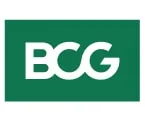
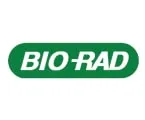
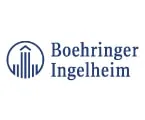



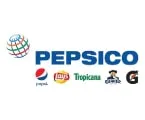


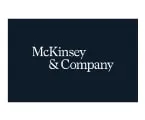
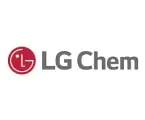
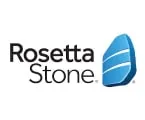

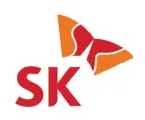
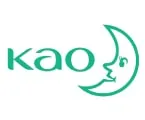

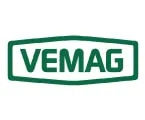
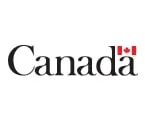

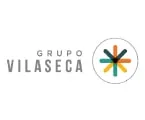


Published Date: Feb-2025
Published Date: Jul-2024
Published Date: May-2024
Published Date: Feb-2023
Published Date: Oct-2022
Please enter your corporate email id here to view sample report.
Subscribe to get the latest industry updates